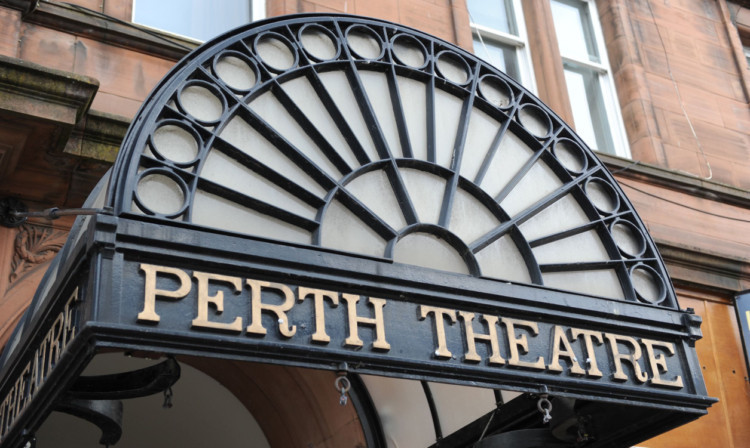The multi-million-pound Perth Theatre redevelopment could offer a stunning window into the city’s past.
Archaeological excavations will take place before work can begin on the Mill Street site and there is the possibility they could unearth some important finds.
Based on previous digs on the city’s High Street and Mill Street, experts believe the remnants of past populations may rest just below the surface.
The works carried out ahead of the construction of the M&S store in the mid1970s were some of the largest urban excavations ever carried out in Scotland.
They are still unparalleled in terms of the depth, quality and quantity of the archaeological deposits revealed, with a huge variety of items having been preserved by waterlogged soil conditions.
Historic Scotland said that the dig had offered a glimpse, for the first time, of how rich the country’s urban archaeological resources might be and offered historians the chance to reconstruct an accurate picture of lifestyles and living conditions in the town 700 or 800 years ago.
Perth Museum’s Mark Hall, for one, is excited by what might be found as the Perth Theatre project takes shape.
“The excavations carried out on the High Street in the mid 1970s probably still rank as the most important urban excavations that have taken place in Scotland,” he said.
“There was a wealth of well-surviving organic material, together with wood and wattle remains from the walls of buildings, which offered evidence of their layout.
“From their middens were found bone materials and tools, leather from shoes, costumes, belts and dagger sheaths, together with metalwork objects, such as knives and brooches. There was evidence of the whole panoply of people’s everyday material culture.
“To have the chance to excavate this site so close by is potentially very exciting if done properly and there is no reason to think that it will not be.”
Vibrant evidence of Perth’s medieval past has also been recovered during the creation of the Perth Concert Hall and the adjacent multi-storey car park.
The site close to the theatre offered an insight into the city’s Blackfriars Monastery and a medieval street, known as Curfew Row.
Developers and their archaeological consultants will be responsible for protecting the site and carrying out any excavations required, under the watchful eye of the Perth and Kinross Heritage Trust.
David Strachan, trust manager, said it was the duty of the developers to excavate what their project would destroy, but that the presence of items in the earth would only become clear once a survey had taken place.
“This is the very heart of medieval Perth and it is almost certain that archaeological finds of some kind will be uncovered,” he said.
“The amount will depend on how deep in the earth they are and the depth to which foundations for the extension to the theatre will go.”
Perth Theatre will close its doors in January to undergo a £14.5 million redevelopment, aimed at returning the auditorium to its former glory.
The building will also be spun around 180 degrees, with an eye-catching new entrance and extension created at what is currently the rear of the theatre on Mill Street, where the dig could take place.
